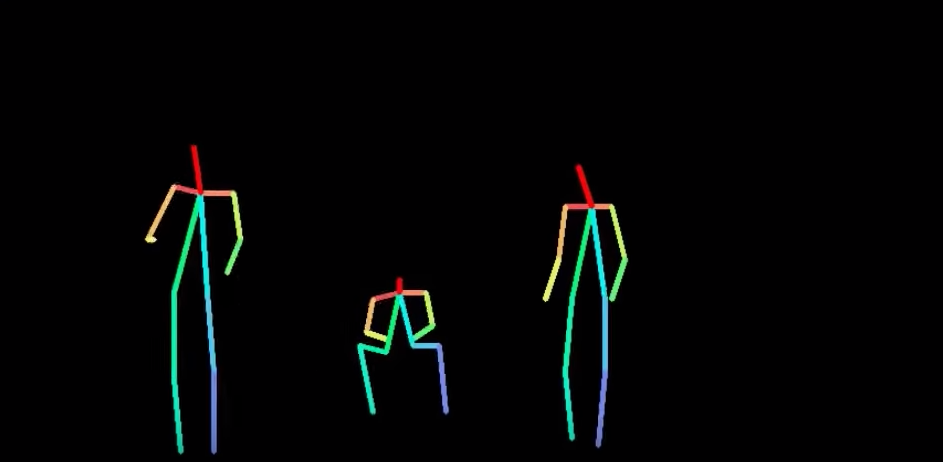
Researchers at MIT trained artificial intelligence to analyse radio signals that bounce off human bodies to create a dynamic stick figure that mimics a person's actions.
The so-called neural network can sense people's postures and movement even from the outside of a building or room.
MIT says the tech can be embedded into a wireless device, which would theoretically allow soldiers to hook it up to their combat gear - like helmets and night-vision goggles.
In the future, military personnel could use it on the battlefield to "see" hidden enemies by wearing augmented reality headsets.
Researchers are now working to create realistic 3D models that map even more detailed movements. For example, the tech could soon show if a person's hands are shaking.
The biggest challenge the team faced is that most neural networks are trained using data labelled by hand.
If a neural network is taught to identify cats, for example, it requires programmers to look at a massive trove of images and label each one as either "cat" or "not cat".
But radio signals pose a bigger problem as they can't be tagged the same way by humans.
To overcome this, the researchers gathered thousands of images of people doing activities like walking, talking, sitting, opening doors and waiting for elevators using both their wireless device and a camera.
This mixture of examples allowed the system to grasp the association between the radio signal and the stick figures of the people in the scene.
Training over, the system was able to estimate a person's posture and movements without cameras and behind walls, using only the wireless reflections that bounce off people's bodies.
In addition, it could accurately identify individuals based on their size and gait.
Despite citing police applications, the paper does not discuss military usage of the tech and instead focuses on health care.
It could also be used for new types of video games where players move around a house, say its creators, and in search-and-rescue missions to help locate survivors.



Comment: See also: